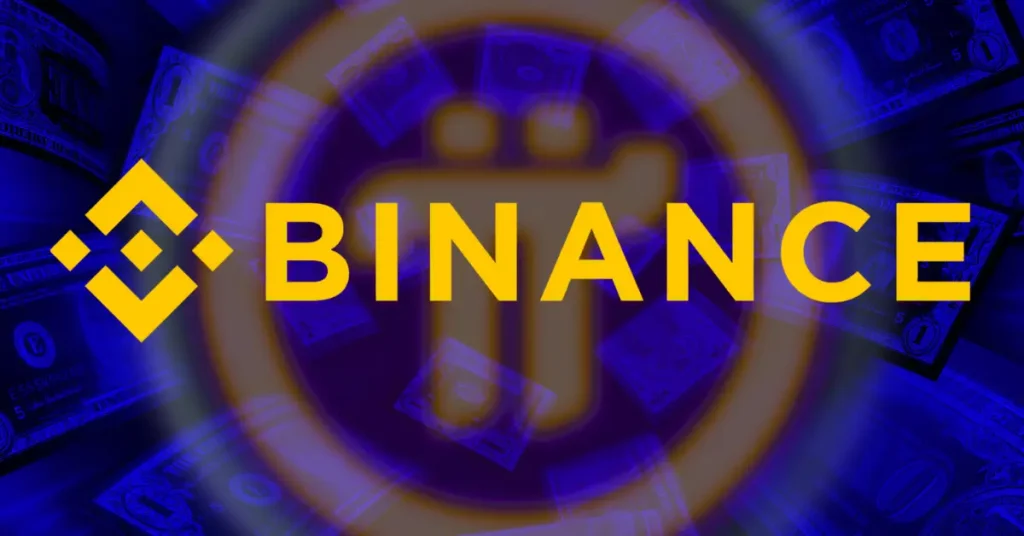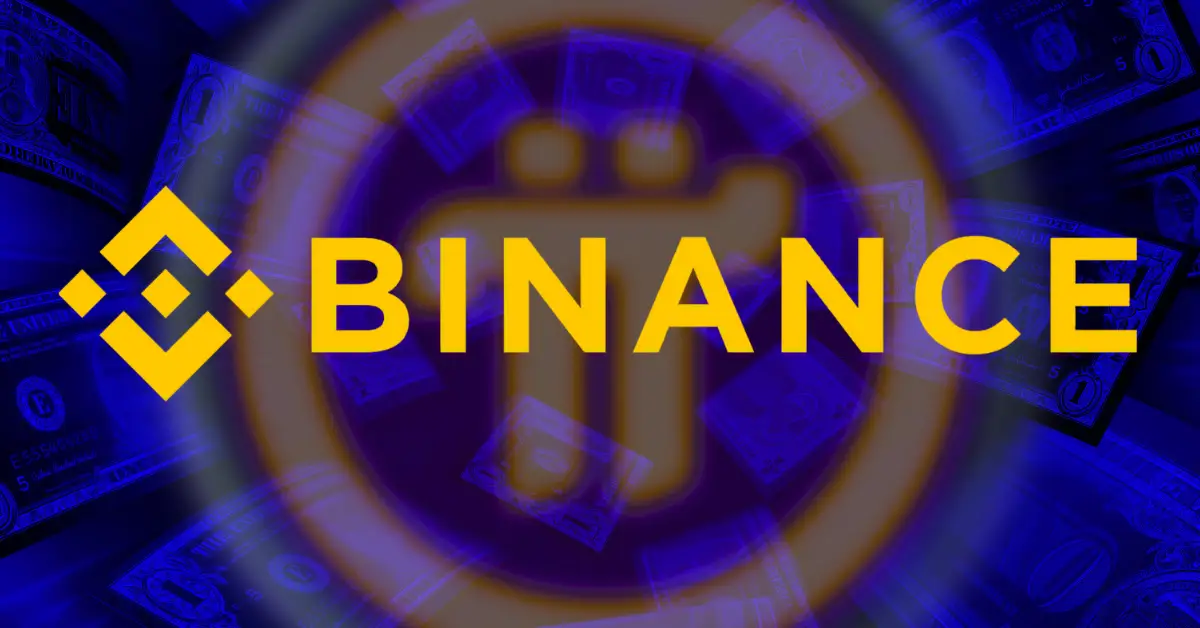
The Pi Network: A Deep Dive into Hype, Hope, and Reality
The Allure of Binance: A Double-Edged Sword
The Pi Network, a cryptocurrency project that allows users to mine coins using their smartphones, has been a hotbed of speculation, particularly regarding a potential listing on Binance, the world’s largest cryptocurrency exchange. This recurring speculation is a double-edged sword. On one hand, it injects bursts of excitement and price volatility, drawing attention to the project. On the other hand, it highlights the project’s dependence on external validation for tangible success. The relationship between Pi Network and Binance is a dance of rumors and unconfirmed signals, significantly shaping the perception and potential trajectory of the Pi coin.
Decoding the Listing Rumors: A History of Hope
The Pi Network community has become adept at deciphering every potential hint and veiled message that might suggest an impending Binance listing. Several events have fueled this speculation over time.
Community Votes and Binance’s Ambiguous Stance
Binance has, on occasion, engaged its community in votes regarding potential listings, including Pi Network. While these votes often show strong support for listing Pi, Binance has explicitly stated that these votes are “for reference” only and do not guarantee a listing. This ambiguity keeps the hope alive while maintaining a safe distance from any binding commitment.
Social Media Chatter and “Insider” Information
The echo chambers of social media platforms like X and Binance Square become breeding grounds for rumors. Unsubstantiated claims of “insider” information and alleged leaks regarding listing dates circulate rapidly, often causing temporary price spikes. These rumors, while exciting, often lead to disappointment when they fail to materialize.
Events and Announcements
Key events, such as the “Pi2Day” update or appearances by Pi Network’s co-founder Nicolas Kokkalis at crypto conferences like Consensus, tend to coincide with renewed listing rumors. The community interprets these events as potential catalysts for Binance to finally take action. However, these events often result in more hype than substance, leaving the community in a state of perpetual anticipation.
The Price Swings: Riding the Rollercoaster
The market price of Pi Network’s token (PI) is highly susceptible to the ebbs and flows of these listing rumors. The absence of fundamental value drivers, such as real-world utility and adoption, exacerbates these price swings, making PI a risky asset for those seeking stable, long-term investments.
The Pump: Hype-Driven Surges
When rumors intensify, PI often experiences significant price surges. The promise of increased liquidity, wider accessibility, and mainstream exposure that a Binance listing represents drives a buying frenzy, pushing the price upwards, sometimes dramatically. These surges are often short-lived, as the market quickly adjusts to the reality of the situation.
The Dump: The Inevitable Correction
Conversely, when the rumors are debunked, delayed, or simply fade away without materializing, the price tends to correct sharply. Disappointed investors, who bought in anticipation of a quick profit, often sell off their holdings, leading to a price decline. This cycle of hype and disappointment creates a highly volatile trading environment for PI.
The Unlisted Reality: Challenges and Limitations
The prolonged absence of a Binance listing, or listing on any other major tier-1 exchange like Coinbase, poses several challenges for the Pi Network.
Limited Liquidity and Accessibility
Without a major exchange listing, PI’s trading volume remains low, and access is restricted to smaller, less reputable platforms. This limits liquidity, making it difficult for users to buy or sell significant amounts of PI without impacting the price. The lack of liquidity also makes the market more susceptible to manipulation and volatility.
Constrained Growth and Adoption
The lack of mainstream exposure hinders the project’s ability to attract new users and developers. Many potential users are hesitant to invest time and effort into a cryptocurrency that lacks the validation and accessibility of a major exchange listing. This constrained growth limits the project’s potential and makes it difficult to achieve critical mass.
Dependence on Speculation
The project’s price action becomes overly reliant on speculation and rumors, rather than on genuine adoption and utility. This creates an unsustainable model, where the project’s success hinges on external validation rather than internal development. This dependence on speculation makes the project vulnerable to market sentiment and external factors beyond its control.
Beyond Binance: Charting a Sustainable Path Forward
While a Binance listing would undoubtedly provide a short-term boost, the Pi Network’s long-term success depends on building a robust ecosystem and demonstrating real-world utility, shifting away from merely speculative value.
Developing a Thriving Ecosystem
Focus should be on expanding the Pi Network ecosystem by attracting developers, building decentralized applications (dApps), and fostering partnerships with businesses that can integrate PI into their operations. A thriving ecosystem will not only increase the utility of PI but also attract more users and investors.
Demonstrating Real-World Use Cases
The Pi Network needs to showcase tangible use cases for PI beyond simple trading and speculation. This could involve facilitating micro-transactions, powering decentralized marketplaces, or enabling innovative financial services. Real-world use cases will provide a solid foundation for the project’s long-term success.
Community Engagement and Education
Maintaining a strong and engaged community is crucial. However, it’s equally important to educate users about the risks associated with cryptocurrency investments and to manage expectations regarding potential exchange listings. An informed and educated community is more likely to support the project through its ups and downs.
Transparency and Communication
The Pi Core Team needs to maintain transparent and open communication with the community. Providing regular updates on development progress, addressing concerns, and managing expectations can help build trust and foster a more realistic outlook. Transparency is key to maintaining the community’s support and confidence in the project.
The Verdict: Hope Springs Eternal, but Reality Bites
The Pi Network’s saga is a compelling case study in the power of community, the allure of speculation, and the challenges of building a successful cryptocurrency project. While the dream of a Binance listing continues to fuel hope and drive price volatility, the project’s long-term viability depends on shifting the focus from external validation to internal development and real-world utility.
The Pi Paradox: More Than Just a Listing
Ultimately, the Pi Network faces a crucial choice: remain a project dependent on the whims of exchange listings or evolve into a self-sustaining ecosystem driven by genuine utility and adoption. The potential Binance listing is a tempting carrot, but true success lies in building a foundation that transcends the need for external validation. The Pi Paradox is this: perhaps the greatest value of the Pi Network lies not in whether it gets listed on Binance, but in the potential it unlocks by focusing on building something truly useful, regardless of exchange approval.





